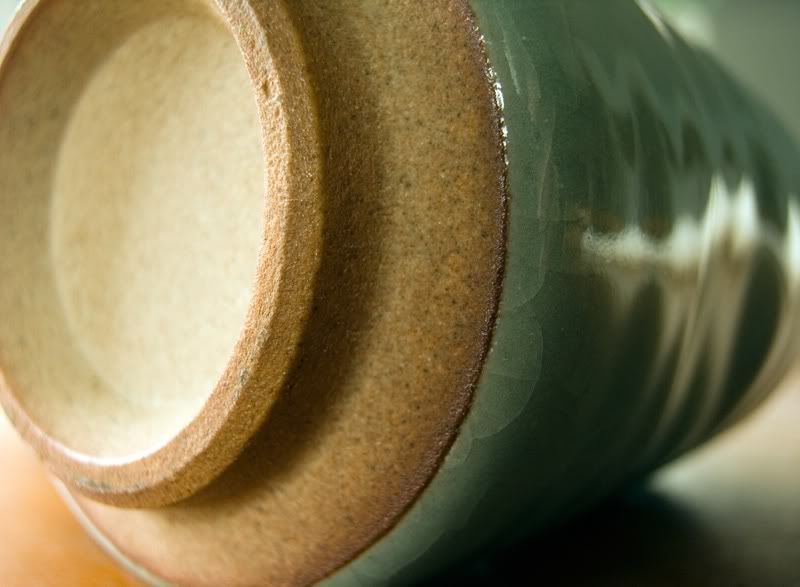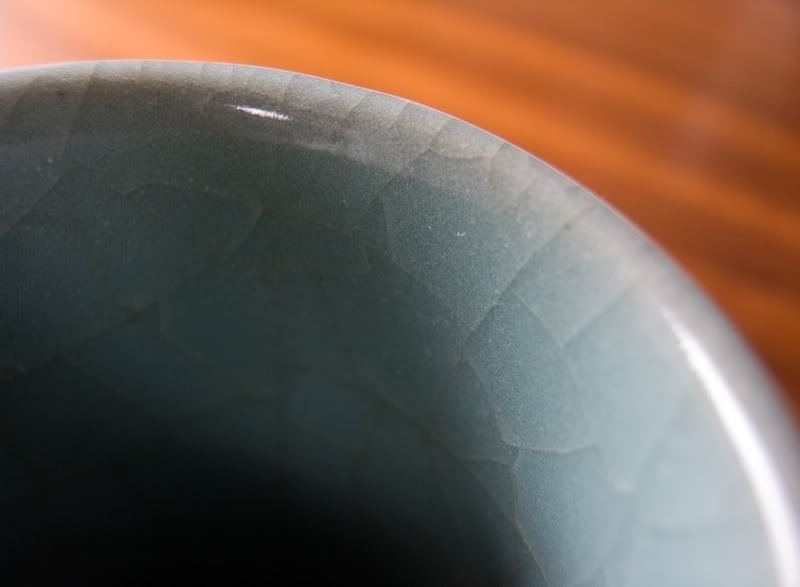I really don't think there's a rule, especially as there are so many teabowls that have either a season-neutral design, or no design whatsoever. There are also teabowls that have multiseasonal designs so that you can use them at any time of year. There's certainly no rule that says you MUST have at least one seasonal teabowl per season (although I'm sure completicists like me will feel the urge!).olivierco wrote:Thanks for the information. How many chawans should one have for all year events?chamekke wrote:
Very nice! Late summer/early autumn flowers - kikkou (bellflower) on the left and nadeshiko (pinks) on the right. Grasses, too. It's possible that this bowl refers to the "seven grasses (or flowers) of autumn", since those two are among the seven.
Incidentally, a typical multiseasonal design is any tea item (chawan or natsume) that includes both sakura/cherry blossoms (= spring) and momiji/red maple leaves (= autumn). You don't have to have symbols from all four seasons on the item; just having two, especially when they're on opposite sides of the "season wheel", is sufficient. Some items will, however, have at least one item from each season, e.g. plum or pine, sakura (the symbol of spring), iris or wisteria, and red maple leaves. (When maple leaves are green, they're a symbol of summer!)
Remember also that the seasons in Japan are regarded as starting a little earlier than they do here. For example, "autumn" runs from August-October; "winter" from November-January; "spring" from February-April; and "summer" from May-July. Your chawan (according to my understanding) is particularly suitable for August and September.
If people are very interested in Japanese seasonal motifs (and I recognize that's probably only a tiny slice of the readers of this forum
___________
*Kitsuke = how to put on kimono.






